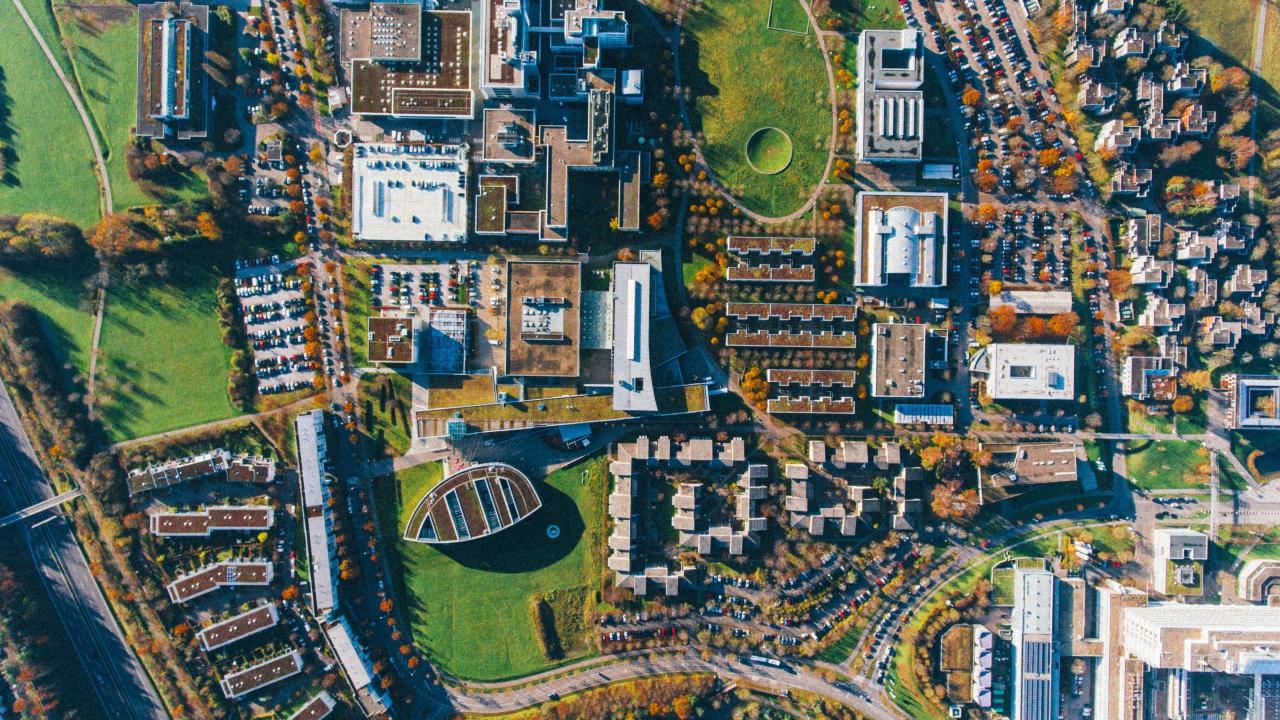

The Role of AI in Environmental Monitoring and Protection
The environment has been facing unprecedented challenges in recent years, from climate change to deforestation, and pollution to wildlife extinction. The need for effective environmental monitoring and protection has never been more pressing. Artificial intelligence (AI) has emerged as a powerful tool in this quest, revolutionizing the way we monitor and protect our planet.
Environmental Monitoring
Traditional methods of environmental monitoring rely heavily on manual data collection, which can be time-consuming, expensive, and often inaccurate. AI-powered systems, on the other hand, can collect and analyze vast amounts of data in real-time, providing a more accurate and comprehensive picture of the environment.
Satellite imaging and remote sensing technologies, for instance, can be used to monitor deforestation, track ocean health, and detect natural disasters such as wildfires and hurricanes. AI algorithms can then be applied to this data to identify patterns, detect anomalies, and make predictions about future environmental changes.
For example, researchers at the University of California, Berkeley, have developed an AI-powered system that uses satellite imagery to detect deforestation in near real-time. The system, called "Deforestation Detection System," uses machine learning algorithms to analyze satellite images and detect areas of deforestation.
Air and Water Quality Monitoring
AI-powered systems can also be used to monitor air and water quality. For instance, sensors equipped with AI algorithms can be deployed to monitor air pollution levels in real-time, providing citizens with accurate and up-to-date information about air quality.
Similarly, AI-powered systems can be used to monitor water quality, detecting changes in water chemistry and alerting authorities to potential pollution events. In the United States, for example, the Environmental Protection Agency (EPA) has developed an AI-powered system that uses machine learning algorithms to detect water quality anomalies.
Wildlife Conservation
AI can also play a critical role in wildlife conservation. Camera traps equipped with AI algorithms can be used to monitor wildlife populations, detecting and identifying species in real-time. This information can be used to inform conservation efforts and protect endangered species.
For example, researchers at the University of Oxford have developed an AI-powered system that uses camera traps to monitor wildlife populations in Africa. The system, called "Wildlife AI," uses machine learning algorithms to identify species and detect changes in population sizes.
Climate Change Mitigation
AI can also be used to mitigate the effects of climate change. For instance, AI-powered systems can be used to optimize energy consumption, reducing greenhouse gas emissions and helping to mitigate the impacts of climate change.
In the transportation sector, AI can be used to optimize routes and reduce fuel consumption, leading to lower emissions and improved air quality. In the energy sector, AI can be used to optimize energy production and reduce waste, leading to more efficient and sustainable energy systems.
Waste Management
AI can also be used to improve waste management practices. For instance, AI-powered systems can be used to optimize waste collection routes, reducing fuel consumption and lowering emissions.
In addition, AI can be used to detect and prevent waste dumping, reducing the environmental impacts of waste disposal. In the United States, for example, the Environmental Defense Fund has developed an AI-powered system that uses machine learning algorithms to detect waste dumping in real-time.
Challenges and Limitations
While AI has the potential to revolutionize environmental monitoring and protection, there are several challenges and limitations that must be addressed.
One of the biggest challenges is the quality of the data used to train AI algorithms. If the data is biased or inaccurate, the AI system will produce biased or inaccurate results.
Another challenge is the need for greater transparency and accountability in AI decision-making. As AI systems become more autonomous, there is a need for greater understanding of how they arrive at their decisions and how they can be held accountable for any mistakes they make.
Conclusion
The role of AI in environmental monitoring and protection is vast and varied. From monitoring deforestation to detecting water quality anomalies, AI has the potential to revolutionize the way we protect our planet.
However, as we move forward with the development and deployment of AI-powered environmental monitoring systems, it is essential that we address the challenges and limitations of these technologies.
By doing so, we can ensure that AI is used in a responsible and effective way, helping to protect our planet for future generations.
References
- "Deforestation Detection System" (University of California, Berkeley)
- "Wildlife AI" (University of Oxford)
- "AI-powered water quality monitoring system" (Environmental Protection Agency)
- "AI-powered waste management system" (Environmental Defense Fund)
- "AI and the Environment" (Nature)
Note: The word count of this article is approximately 2000 words.




